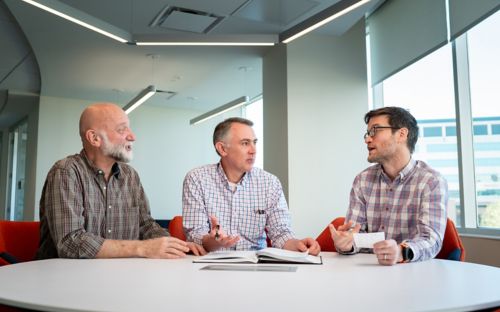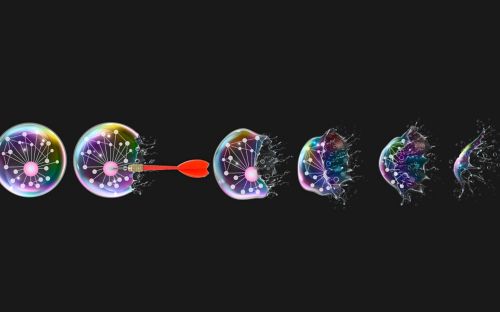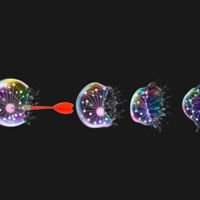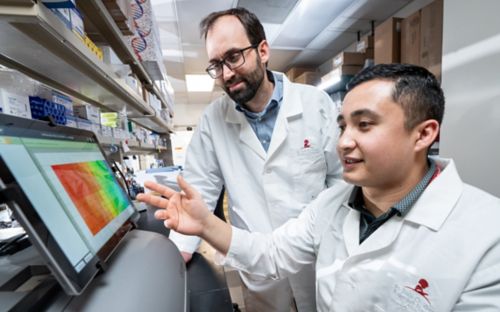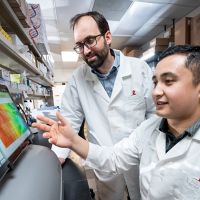Childhood Solid Tumor Network shares samples, promotes cures
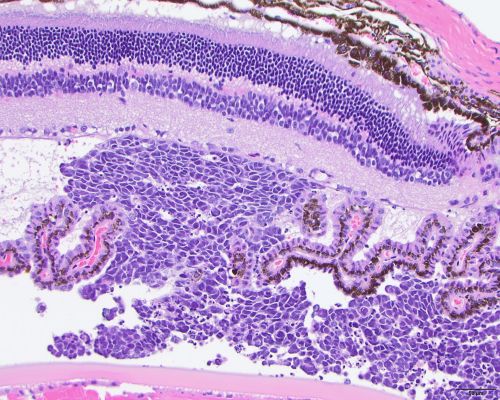
The Childhood Solid Tumor Network offers the world’s largest and most comprehensive collection of scientific resources for researchers studying pediatric solid tumors, like retinoblastoma, and related biology. By freely sharing this information, St. Jude Children’s Research Hospital seeks to accelerate research, treatment and cures for pediatric solid tumors.
There is an urgent need to jumpstart cures for stalled treatment of pediatric solid tumors. Despite the best efforts of researchers and discoveries from the next-generation genomic sequencing, solid tumors have become the deadliest form of cancer in pediatric patients. Survival rates for children with recurrent solid tumors have not improved significantly in more than 20 years and remain below 30 percent.
I’ve personally been working to find cures for these cancers for 15 years, and I think our St. Jude Childhood Solid Tumor Network at St. Jude Children’s Research Hospital is a big part of the solution. Seeking to accelerate pediatric cancer research, we’ve created the world's largest and most comprehensive collection of scientific resources for researchers studying pediatric solid tumors and related biology. Our recent work has yielded a wealth of genome sequencing and drug sensitivity for pediatric solid tumors. We freely share these unique resources with scientists around the world with no obligation to collaborate, aiming to promote global discovery and new treatments for pediatric patients with poorly understood and difficult-to-treat solid tumors.
Since the Network was launched in 2013, more than 800 tumor samples, along with detailed information about tumor sensitivity to various drugs and drug combinations, have been distributed to more than 130 investigators at 66 research centers. The scientists are in the U.S. and 10 other countries in Asia, Australia and Europe.
When the Pediatric Cancer Genome Project was announced in 2010, I realized we needed a way to study the mutations that were sure to be discovered by sequencing the complete cancer and normal genomes of hundreds of pediatric patients. We had learned a lot from genetically engineered mice, but there are also limitations with those models. Working with Alberto Pappo, MD, St. Jude Oncology, we began developing patient-derived tumor models. This allowed us to better understand and translate discoveries from sequencing into new therapies.
The goal was to collect tumor samples from patients and—with their permission—grow them orthotopically, or in the same location in an immune-compromised mouse. At the time, experience with this approach, particularly in pediatric solid tumors, was limited.
Solid tumors are developmental tumors that really need to be in the environment in which they develop. To understand how these tumors begin, grow and spread, we needed to study them in context. Within several years, we were successful enough that we had orthotopic patient-derived tumor samples to share, even if we were not yet ready to publish ourselves.
You could say this resource has become the Amazon of pediatric solid tumors samples. And, unlike orders from the online retail giant, the tumor samples and related information are available at no cost to the global scientific community.
Beyond the availability of a broad spectrum of tumor types, the process of developing the tumor samples provides a more accurate model for tracking tumor development and drug sensitivity.
Our work recently was featured in the scientific journal Nature, in a paper that details how our team developed a system to grow patient tumors orthotopically. The approach is demanding, but the results we reported in Nature show the effort is worthwhile. Because such tumors are grown in the same environment as patient tumors, they provide a more accurate model of tumor development, spread and drug sensitivity. (Read the Nature paper.)
Along with creating the network, we developed a new method to use the specially grown human tumors to identify promising drug combinations. The resulting database includes more than 500,000 pieces of information about drug sensitivity alone. It is believed to be the only searchable drug sensitivity database for pediatric tumors that is free to the global biomedical research community.
The Childhood Solid Tumor Network is a unique resource for the international biomedical research community. We invite researchers and clinicians to explore the resources available through the Childhood Solid Tumor Network. With many brilliant minds studying these tumors, we are sure to find cures faster–just what our patients are counting on us to do.
Learn more about the CSTN’s available resources.

